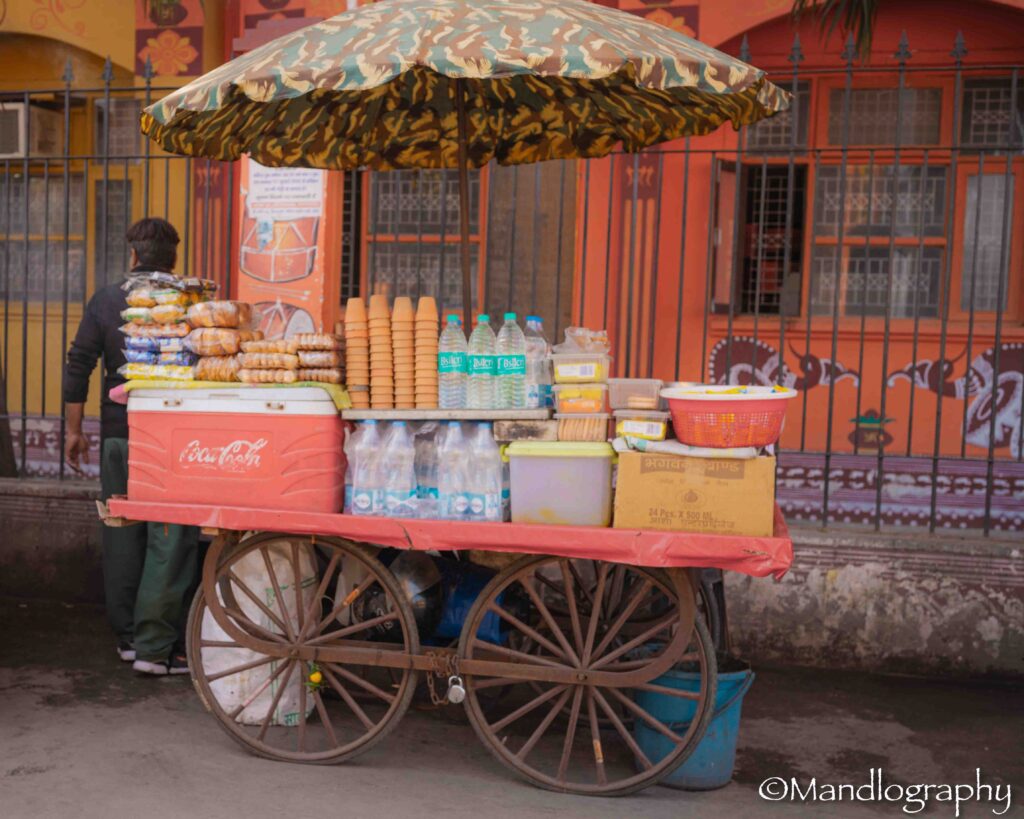Taiwan (China)
Taiwan, officially the Republic of China, is in East Asia. The main island of Taiwan is dominated by mountain ranges on the Easterrn part and plains on the Westerm part of the country.
Capital City:
Taipei
Currency:
New Taiwan Dollar
Total population:
23.9 million (2022)
Language(s) spoken:
Mandarin, Taiwanese, Hakka
Cultural dos:
Cover your mouth with your hands when using a toothpick in public.
Cultural don’ts
Don’t open a present in front of the person who gave it to you
Continent:
Asia
Three foods you need to try in this country:
- Ah gei (fried tofu skin stuffed with cooked green bean noodles and sealed with surimi, a fish paste mixture)
- Xiao Long Bao (soupy dumplings)
- Beef noodle soup
Bonus
- Boba tea
- Taro balls
- Peanut ice cream roll
- Stinky tofu
- Pepper bun
- Mee Sua (thin noodle soup)
What the country is known for :
- Chinese and Japanese influence
- Taipei, Jiufen
- Bangka Longshen Temple
- Taipei 101
- Night Markets
- Toroko Gorge
- Pingxi Lantern Festival
- Yehlieu Geopark
- Beitou Hot Springs
- Oolong Tea
- Creation of semi conductors
- Tech companies Acer and Asus
- Kavalan Whisky
More About Taiwan (China)
I visited Taiwan in 2023, pulled by its consistent feature in lists of ‘top places to visit for food tourism’. I had also read Michael Booth’s book, that intrigued my interest in this country and wanted to experience it for myself. Therefore, with a hunger for foodventures, a brain load of questions and a backpack, I flew to Taiwan. I was pleasantly surprised to discover that this country is considered to have the highest concentration of mountains of any island in the world, meaning that nature was abound. Even within Taipei, nature has been incorporated into the city planning and one is never too far away from green spaces.
Taiwan is well known for its complicated yet interestingly rich geopolitical and cultural history and its semiconductor production. Taiwan’s official name is the Republic of China (ROC), not to be confused with Mainland China, which is known as the People’s Republic of China (PRC). This country is jam packed with history stretching back to the 1800s. One can explore this through visiting museums, galleries and walking tours for example Chiang Kai-Shek Memorial Hall or the National Palace Museum. Their history includes the fall of imperial rule in China and Japanese occupation. Influences from these two countries is particularly visible as you explore the country.
Taiwan sits on the Ring of Fire, and has four active volcano regions. One of these regions is actually includes Yangmingshan National Park in Taipei. This explains not only the hot springs that can be found in Taipei, but also the fact that the country experiences earthquakes every year. However, do not let that deter you from visiting – just do some research as historically there is a lower probability of earthquakes during the dry period i.e. February to April. Due to its location, also as an island nation – Taiwan is abound with geographical diversity for the nature lovers who like to hike or explore. It has caves, gorges, beaches, mountains, rivers, waterfalls – and the list goes on. Some nature appreciation recommendations to consider when visiting Taiwan include Taroko Gorge, Yehliu Geo Park, Taipei Zoo and the Yangmingshan Sulphur Springs.
The country has also preserved some of the historical old streets to enable people to explore, learn and experience what Taiwan used to be like. These streets are quaint, offering a variety of goods and services. I particularly loved the food and spice shops and the craft shops which were generally manned by friendly store owners. The only challenge is that in some places people don’t speak English and things are not always labelled- I guess this brings a touch of adventure to your shopping experience.
Taiwan’s history has had a strong influence on the culinary delights on offer. There is a strong Chinese and Japanese influence in the cuisine, but with a uniquely Taiwanese twist. The street food provides plenty of options for a hungry foodie. The competition definitely drives up the quality and many street food stalls have obtained the legendary Michelin recommended status. When in Taiwan, I highly recommend visiting the night markets. There are also several amazing local restaurants, offering amazing local food to get stuck into -just make sure you have your google translate app, if you don’t speak mandarin. Due to the regional variations of cuisine, I suggest that you ask what the local specialities are in every place you go =. There may even be local specialities in different parts of the same city for example Ah-gei is a speciality in Tamsui which is a district of Taipei.
Interesting fact: turns out we have the Taiwanese to thank for cat cafe’s as the first one ‘Cats and Dog Cafe’ (now called Kitten Coffee Garden) opened up in 1998. Taiwan produces some of the best oolong tea in the world. It was found that the higher the tea is grown, the more delicious it is thus the birth of Taiwanese High Mountain Tea. This tea has relatively low production volume, and thus more expensive, as it is in high demand.
The people in Taiwan were not only very friendly but also helpful. I am not sure why I was surprised by how open people were to conversations and their curiosity about not only my experience in their country, but also where I am from.
Additional places to visit in Taipei include Taipei 101 for the panoramic views of Taipei, Longshan Temple, Dadaocheng District and a cheeky day trip to Jiufen.
English | Mandarin |
Hello | Nǐ hǎo |
Goodbye | Zàijiàn |
Please | Qǐng |
Thank you | Xièxiè |
How much? | Duōshǎo |
Do you speak English? | Nǐ huì shuō yīngyǔ ma? |
Where is the toilet? | Xǐshǒujiān zài nǎ? |
May I please have some water? | Wǒ kěyǐ hē diǎn shuǐ ma? |
I would like some food please | Wǒ xiǎng yào yīxiē shíwù |
Where can I get a taxi? | Wǒ zài nǎlǐ kěyǐ dǎ dào chūzū chē? |
Places visited
Destination Gallery
NEWS & UPDATES
Travel Blog

10 Tips to a stress free street-food culinary experience
Every trip is an opportunity to immerse oneself in the local food culture. In many parts of Asia and South America, I have found that street food is very much part of the culture. As

